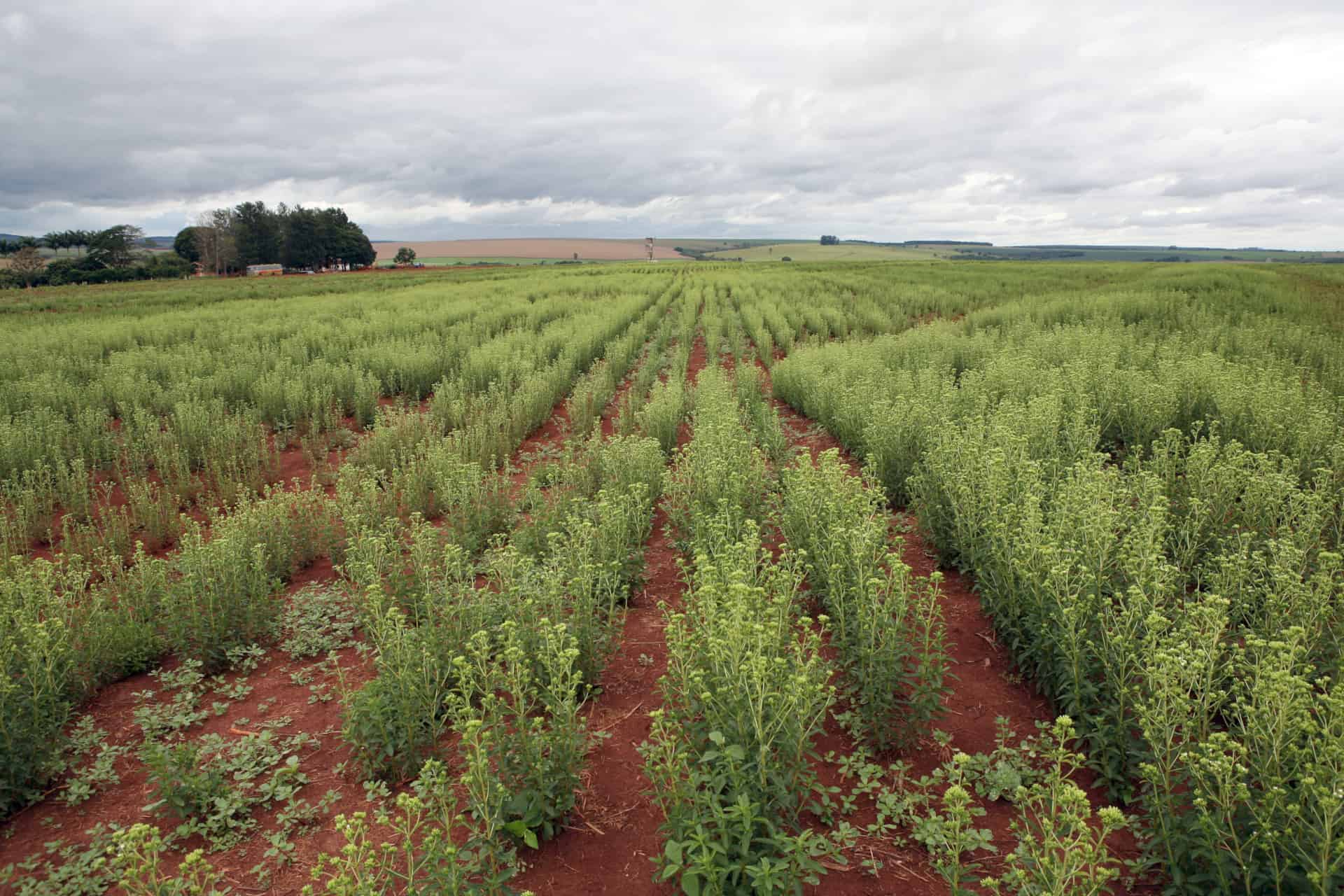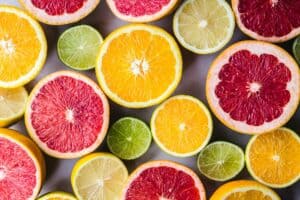Product development • Stevia is a herb that grows wild in the rain forests of Paraguay. It's cultivated in various places over the world for its sweet taste. The steviol glycosides extracted from its leaves are the most commonly used sweetener from a natural source. However, the intense sweetness is a challenge for the food and beverage industry. Eureba is the solution for this. It replaces sugar one-to-one, with fewer calories.
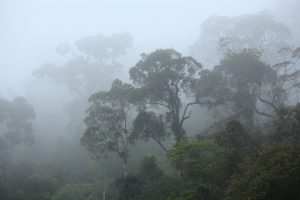
Stevia (Stevia rebaudiana bertoni) is a herb indigenous to the rainforest in Paraguay. The leaves, which in their dried form are thirty times sweeter than sugar, have been used as a sweetening agent by the guaraní Indians for over 1,500 years.
In the end of the 19th century the Paraguayan chemist Ovidio Rebaudi started to study stevia. He discovered the substances responsible for the leaves’ sweet flavour – steviol glycosides. They are up to 300 times sweeter than sugar.
This is the story of how the sweet herb is grown and harvested. How the sweet substances in the plant are extracted and purified. And finally, how we at Bayn process them to Eureba which enables you to use the sweetness of stevia without having to alter your recipes.
Some facts about stevia
Stevia is a delicate herb which requires warm and humid air. It doesn’t tolerate cold temperatures but loves the sun. As a consequence it is grown predominately in humid, subtropical climates.
Stevia is one of a hundred or so species of the same family, which also holds plants such as daisies, hawksbeards and thistles. It grows to about 30-80 cm high, has leaves that are about 2.5 cm long and it has white flowers.
Commercial cultivation of stevia
Stevia seeds are hard to cultivate – only one in ten germinates. This puts high demands on a constantly warm and humid soil. Furthermore, the sweetness varies from plant to plant.
This is why stevia is usually cultivated from cuttings. They are allowed to grow for 10-12 weeks before they are transferred to the field, where they will get the sun they need to achieve the right sweetness.
After 3-5 months the plant is ready to be harvested. If done carefully you can harvest leaves from the same plant, several times a year, for a period of 2-3 years. But then the top flowers must always be removed; if stevia is allowed to flower it looses a lot of its sweetness. You can also harvest the entire plant in one go, in this case it is cut at about 5-10 cm above the soil.
The first successful attempt at cultivating stevia took place in Paraguay in 1908. The country now has competition from the USA, Kenya and China. The largest farms are in China, close to the Chinese city of Jining in the Shandong province.
Stevia as a raw material
The harvested parts of the stevia plant are dried immediately to avoid any oxidation which would reduce the sweetness significantly.
The quickest way is to let the leaves dry in the sun. After 9-10 hours the humidity has decreased by 90 per cent. The drying can also be done in a furnace/oven, but this takes a longer time, and high temperatures risk affecting the sweetness too.
When the harvested plant has been dried, the leaves are separated from the stems, as the stems have no sweet substances. This can be done manually or by machines.
The dried leaves are now ready to be sold globally.
Stevia in foods
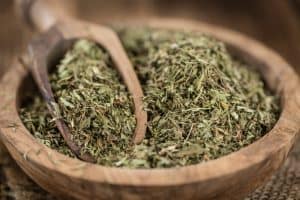
The dried stevia leaves can be used just as they are. But not just in any given manner; stevia is a new food substance in the EU and the European authority for food safety (EFSA), must carry out food safety checks for each use, except for teas, herbal teas and fruit infusions.
It is however allowed to use the substances that gives stevia its sweetness: steviol glycosides. The National Food Agency in Sweden has the following statement:
Are steviol glycosides an approved additive?
Yes, steviol glycosides (E960), extracted from the plant stevia are allowed as an additive. The additive has been subjected to extensive safety checks and is allowed to be used as a sweetening agent in limited amounts. In the EU list of food additives you can read about in which foods and beverages you can use steviol glycosides and in what amounts.
Steviol glycosides is the most commonly used sweetening agent from a natural source. But how are they extracted from the dried stevia leaves?
From stevia to steviol glycosides
The steviol glycosides extraction process is similar to that of how sugar extracted from sugar beets.
First, the leaves are soaked in hot water. Just like when you let tea steep in a cup of hot water, but on a much larger scale.
After a few minutes the stevia leaves are removed and the “tea” is purified in several steps from plant pigment, gelatinous substance, oil, wax, proteins, as well as tannic acid and other polyphenols.
The purified “tea” is then filtered through a porous material that catches the steviol glycosides but lets through the water. Similar to a filter.
Now, the snag is that the steviol glycosides are stuck to the “filter”. To release them the filter is rinsed with pure alcohol.
The next step is to get rid of the alcohol. A lot can be separated with a membrane filter, but the very last must be removed through distillation. And it’s not the alcohol we want to savour here, but what is left – a sweet syrup.
The steviol glycoside solution is then sprayed under high pressure into a tank filled with hot air. When the mist meets the hot air the very last of the fluid evaporates and crystals of steviol glycosides fall like snow — ready to be used.
Challenges with steviol glycosides
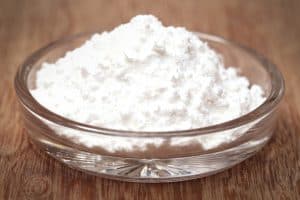
Steviol glycosides are about 300 times as sweet as sugar. It is one of the main advantages with this substance. (Other advantages are that it comes from natural sources and adds zero calories to formulations.)
But the intense sweetness of the steviol glycosides also presents its biggest issue. You cannot replace 1 kilo of sugar with 3 grams of steviol glycosides. Both volume and structure in the product will be affected if you do this.
Besides, steviol glycosides have a slightly bitter taste and a metallic aftertaste, not exactly a desirable outcome.
This puts high demands on food and beverage manufacturers who want to use steviol glycosides to reduce sugar in their products. They must be prepared for long R&D processes and large investments to develop recipes that taste as if they were made with sugar.
This poses no problem to the giants in the industry. They have their own R&D departments, and both time and a large enough budget. Medium sized companies are worse off.
What if…
If you work in a medium sized food and beverage company you know full well that there is not enough time and money (and perhaps not knowledge either) to develop new recipes with steviol glycosides instead of sugar.
Now, if there only was a stevia based ingredient that replaces sugar one-to-one (1 kilo of sugar is replaced with one kilo of stevia ingredient) with the same mouthfeel (the same texture and taste).
There is such an ingredient. We call it Eureba.
Eureba
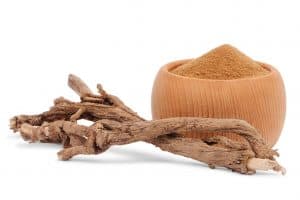
The nifty thing about Eureba is that it is a solution, where the steviol glycosides are attached to plant fibres. In this way you can replace one kilo of sugar with one kilo of Eureba.
We use different plant fibres for different applications. In jelly sweets, for instance, we use fibres from the cassava root. In other applications we use fibres from other natural sources, like the chicory root.
The plant fibres solve the problem with volume and texture. But to get the right mouthfeel we sometimes need to add sugar alcohols (e.g. erythritol), which also has its origin in nature.
You don’t need to worry about which fibres and sugar alcohols might be applicable to your recipe. We have already done that for you. There are ready-made Eureba solutions for a number of applications, like ice cream, chocolate and bakery products.
And to conclude
If you have read this far, you might be interested in finding out more about Eureba. Perhaps we have a solution for your particular needs. (There’s a big chance of this. If not, we can develop one for you.) Don’t hesitate to contact us. We’d be happy to answer your questions. Call us on +46-8-613 2888 or send us an e-mail at info@bayn.se.
Please, share this article if you liked it.
[et_social_share]

